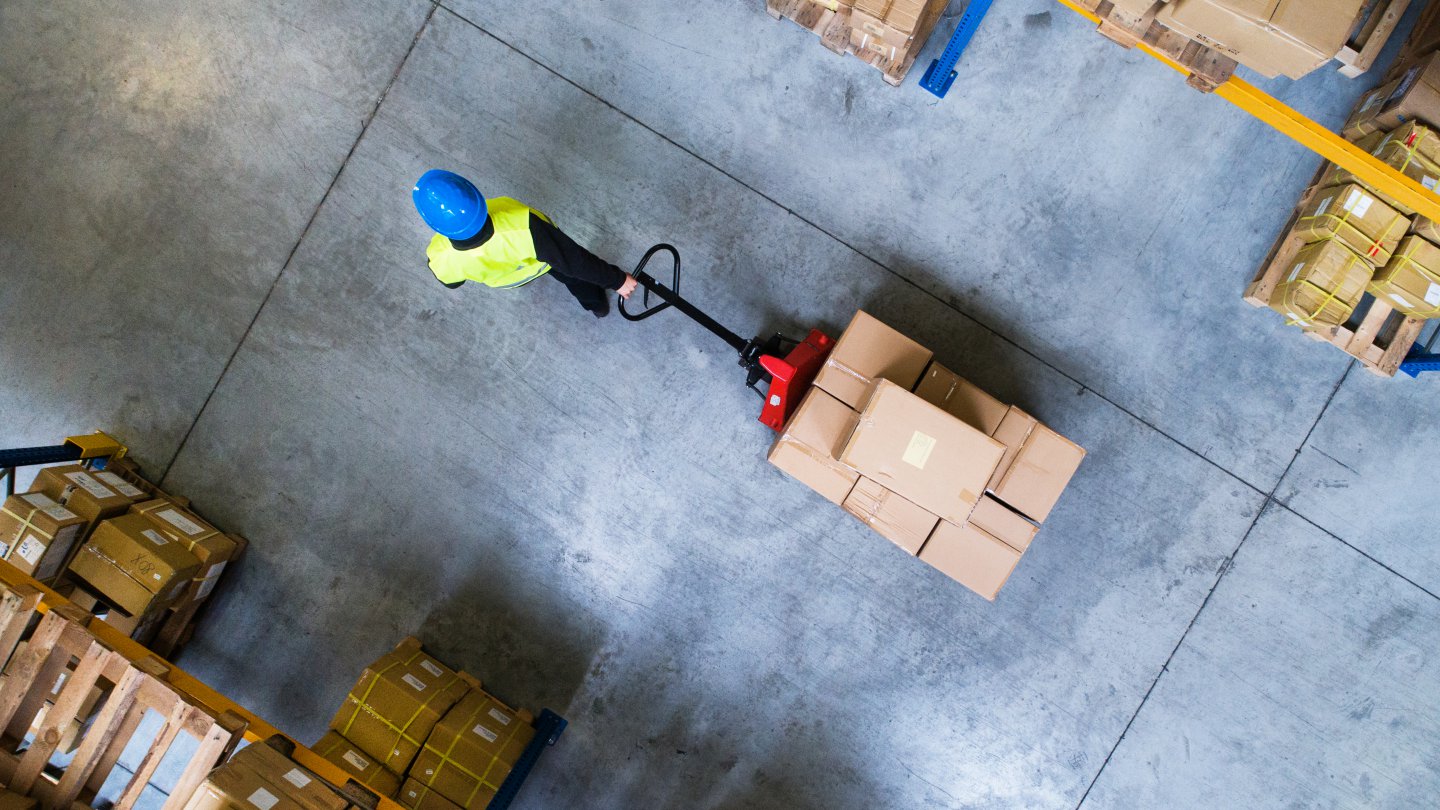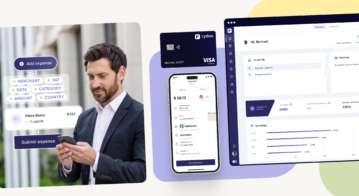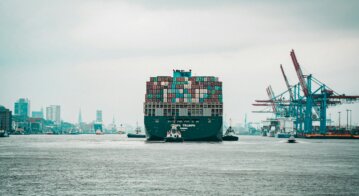Third-Party Global Logistics for Your E-Commerce Facility
The trend toward e-commerce over brick-and-mortar stores was underway before the 2020 pandemic took place. For the next two years, online shopping for all sorts of everyday goods suddenly became mandatory, and generations of shoppers who rarely or never shopped online suddenly had to learn and adapt.
Many retailers are now fully aware of how impactful e-commerce is, and while some struggled to come to terms with enforced digitization, many have thrived over the last two years. As a result, there is now a huge demand for fulfillment, warehousing distribution, and other logistics services.
In-house or outsource?
Companies effectively have a choice whether they will attempt to keep their inventory management and logistics in-house or use the expertise and infrastructure of an existing 3PL provider (third-party logistics). Many companies are pro-actively choosing 3PL providers as an inherent part of their strategic plans – and with plenty of good reasons that make financial and operational sense.
3PL providers offer their services to many dozens, if not hundreds of companies. Therefore, they benefit from the economies of scale that many smaller retailers cannot hope to achieve. 3PL companies have access to preferential rates from the big, household-name providers, especially in warehousing real-estate and the last-mile delivery sector. Large contracts with DHL, UPS, USPS, and the like mean that cost savings can be passed onto 3PL providers’ customers, and existing SLAs ensure quality of service for even the startup.
But costs of storage and delivery are just two parts of the equation that begins with a retailer and then spreads to services like warehousing, order fulfillment, returns, distribution, delivery, stock management, and much more. Today possible services include newcomers like kit creation (“everything you need to get started”) and subscription pack formulation (“get our box of goodies every month!”).
It’s a tech thing
For the retailer, having a direct feed into the latest warehousing technologies means its customers can have up-to-the-second stock figures displayed as they shop. Simple API integration between the 3PL and the retailer’s e-commerce sites enables data of many types to be available to decision-makers in the retail company – like where in-country supplies are, how long overseas shipments might take, and where any individual parcel is right now. With the right technology and API feeds from 3PL providers, retailers can offer the type of CX that today’s consumers and businesses demand.

There is also the added bonus of another company bearing the costs of upgrading the stock, warehousing, and delivery technology as and when new features are available. Having those demands taken away and handled by a 3PL service allows retailers to concentrate on their strategic imperatives rather than getting stuck in the weeds of planning and upgrading an ever-changing technology stack. Operations staff can think long-term, not have to chase developers for new features, or worse, track down missing consignments or one of the million other daily problems that distract from the big picture.
Be small, think big
Smaller retailers have always been told that they can, in theory, compete with huge global multinationals on the “level playing field” of the internet. Now, even tiny startups can offer high-end features to their newly emerging clientèle by leveraging the capabilities of 3PL providers like Rakuten Super Logistics.
Subscription models are especially popular among consumers and businesses alike, and the retailer benefits from assured income over long contract terms. Unfortunately, the logistics of producing selection boxes and/or handling returns (and partial returns) involves complex processes and technology that just must cover the full supply chain. Few companies have access to such technology unless they have chosen their 3PL wisely (or have very deep pockets to create their own bespoke arrangements).
Omnichannel retail is also one of those services that the millennial generations have come to expect: the ease of using apps to order goods and services has raised the bar of expectations. Having deliveries (and returns) split to home or work deliveries (or in-store pick-up) is the epitome of consumer choice and convenience.
But like subscription kits or selection boxes, the required processes and underlying technology are fiercely complex. Established 3PL providers have the technology and physical frameworks already in place and available at scale – it’s just a case of tapping into the facility.
Be small, ACT big!
Finally, it’s often well-noted that customers come to an e-commerce facility with preferences about what they want to pay and how quickly they want their goods delivered. Smaller retailers struggle to offer a range of delivery options and are always in danger of losing customers to bigger outfits with more options ready-made.
But global companies such as Rakuten Super Logistics already have a range of delivery speeds and methods from distribution centers all over the country. Goods can be transferred and held at geographically key areas, so even same-day delivery from local depots is possible. It’s the infrastructure, the technology, and the know-how that Rakuten’s customers benefit from!
To learn more about Rakuten Super Logistics’ capabilities, including order fulfillment, stock control, distribution, shipping nationally, and last-mile, get in touch with a representative near you today.









